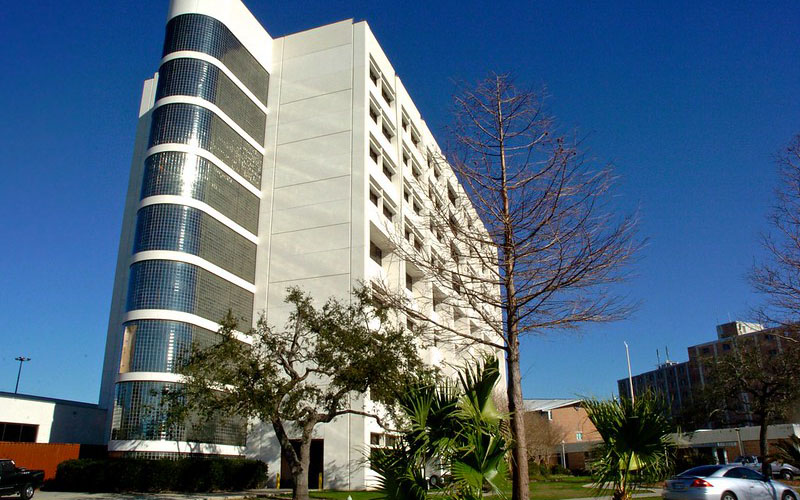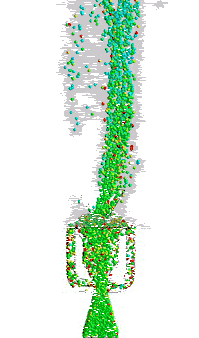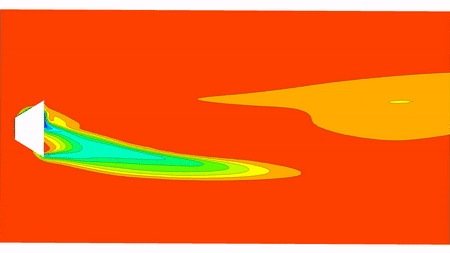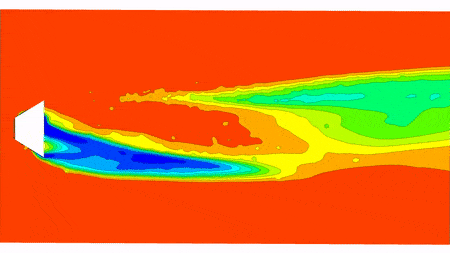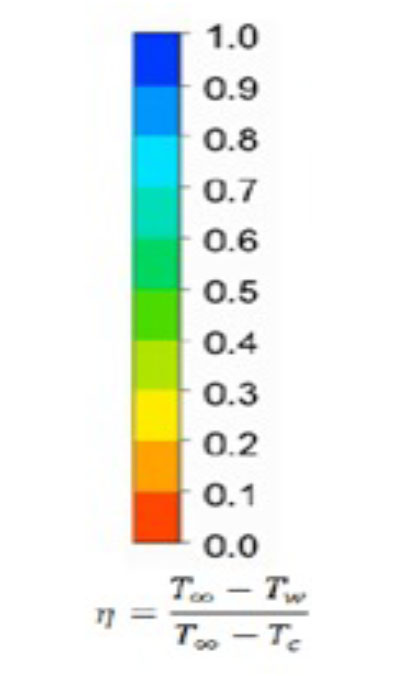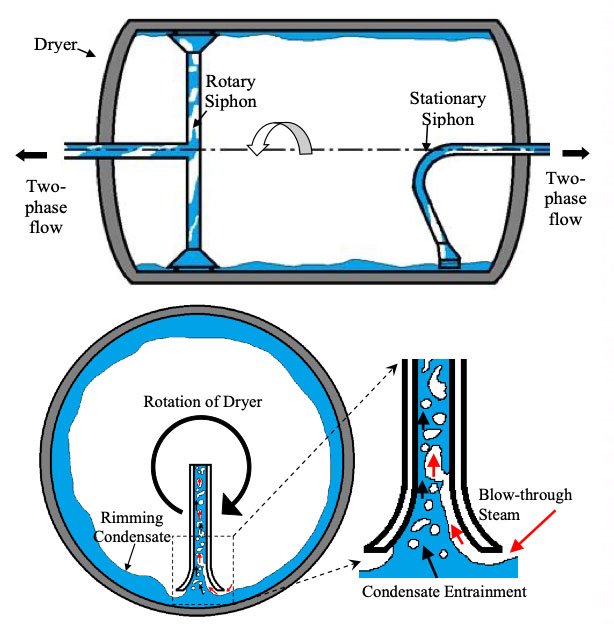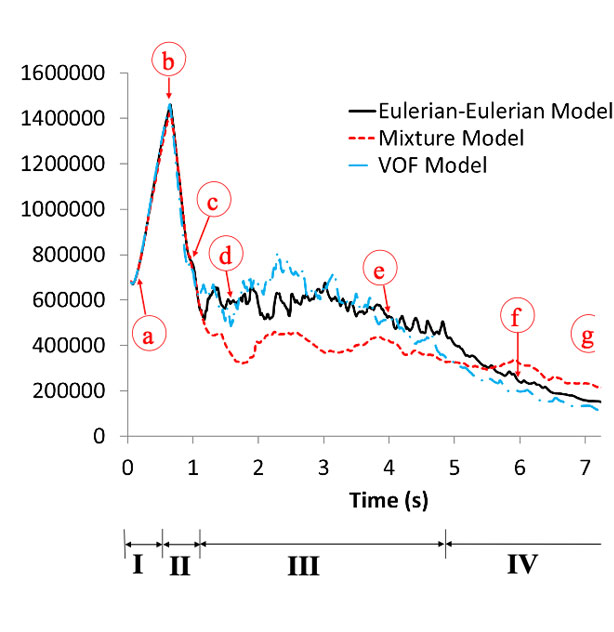Laboratories
ECCC labs are capable of providing measurements and tests in thermal-fluid and power systems including air/steam pressure, flow rates, temperatures, two-phase flow characteristics, flow structures, energy component efficiency, combustion, emissions control, HVAC, and wind tunnel testing. The measurement systems include two 3-D automatic traversing systems, a four-channel hot wire anemometer, two 96-channel thermocouple acquisition systems, two 288-channel pressure scanning systems, a Phase Doppler Particle Analyzer (PDPA), and 3-D inverse liquid crystal thermography and infrared thermography.
In addition, resources for conducting scientific computation and simulation are available. The computational fluid dynamics (CFD) codes Ansys/Fluent and StarCD are used to simulate the details of the fluid flow, heat transfer, combustion, and gasification. GateCycle and THERMOFLOW are employed to design or improve the efficiency of energy systems and power plants. AspenPlus is applied for designing chemical processes and energy system simulation. TRANE is used for designing heating, ventilation, and air conditioning (HVAC). A cluster of 100-node parallel processors are available for ECCC for CFD and simulation research with access to the High Performance Computing (HPC) system Louisiana Optical Network Infrastructure (LONI) supercomputers.
Research & Development Topics
- Improve efficiency and reliability of gas turbines for both aeroengines and land-based engines [A1, A2, A3, A4, A5, A6, A7].
- Develop new measuring techniques and improving accuracy [B1] and reliabilities of existing measuring devices and sensors in energy and power industries.
- Reduce emissions (NOx, SOx, CO2, CO, and unburned carbon) [C1] from power/steam [C2] generation & incineration [C3].
- Improve inlet gas turbine air cooling and wet compression technology for peak load gas turbine systems.[D1, D2, D3, D4, D5, D6, D7, D8, D9, D10 (Best Paper Award), D11, D12]
- Mist cooling of high temperature gas turbines [I1, I2, I3, I4, I5, I6, I7, I8, I9, I10, I11, I12, I13, I14, I15, I16, I17, I18 , I19, I20, I21, I22, I23, I24, I25, I26, I27].
- Apply IGCC (Integrated Gasification Combined Cycle) to coal [E1, E2, E3, E4, E5, E6, E7, E8, E9, E10, E11, E12, E13, E14, E15, E16, E17, E18, E19, E20, E21, E22, E23, E24, E25, E26, E27, E28] petroleum coke, and biomass [F1, F2, F3, F4, F5, F6, F7].
- Investigate uses of IMPGC (Integrated Mild/Partial Gasification Combined Cycle) to retrofit traditional pulverized coal power plants [R1, R2, R3, R4].
- Investigate future high temperature hydrogen-fueled gas turbine systems.
- Investigate the applications of distributed generation (DG).
- Investigate fuel cell / gas turbine hybrid cycle.
- Micro-combined cooling heating & power (CCHP) [G1].
- Conduct research to increase performance of personal turbines (PT).
- Conduct research for using renewable and sustainable energy sources.
- Power generation on floating rigs [H1].
- Electrify isolated areas in developing countries.
- Optimization for energy system efficiency with artificial neural networks [J1].
- Petroleum coke calcination [K1, K2, K3, K4, K5, K6, K7, K8].
- High-pressure and high-flow TurboPiston Pump (TPP) [L1, L2, L3, L4].
- Vehicle drag Reduction [M1].
- Ejector and Thermocompressor Design [N1].



